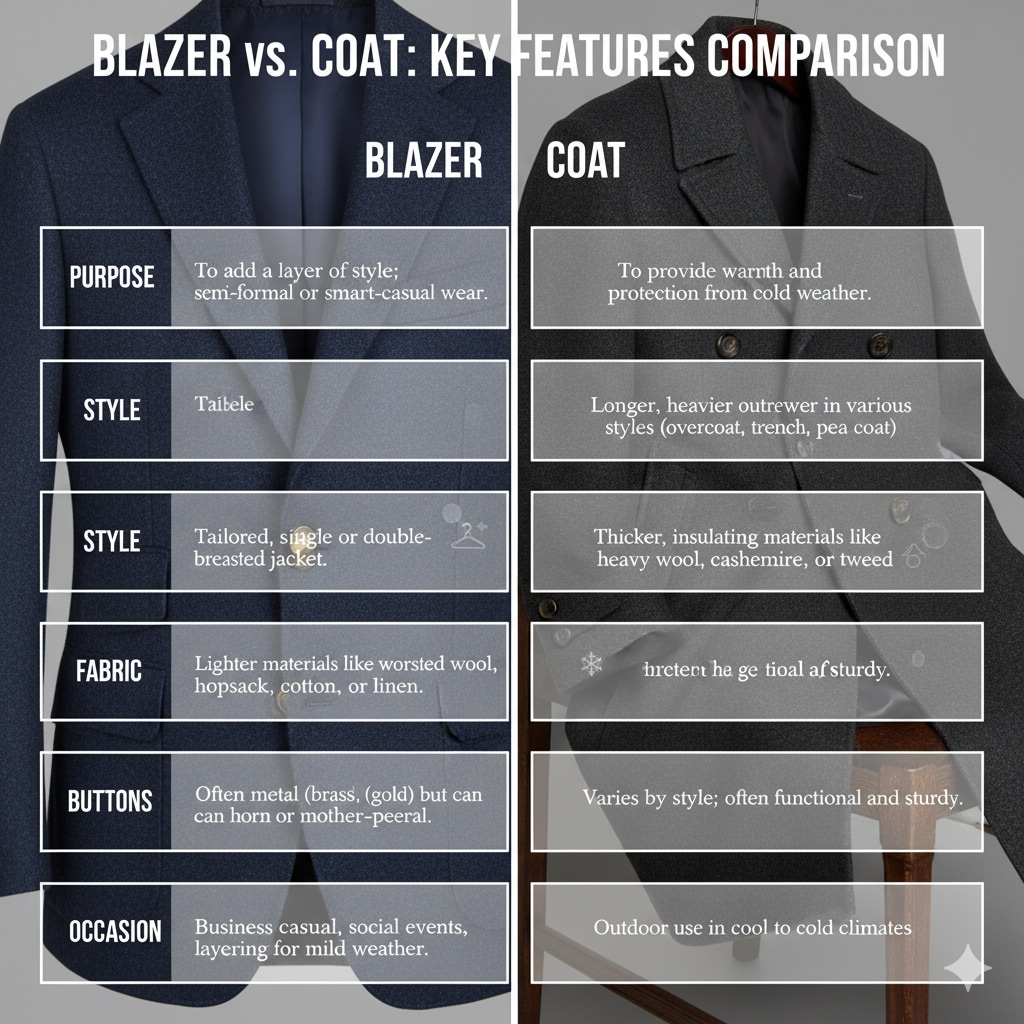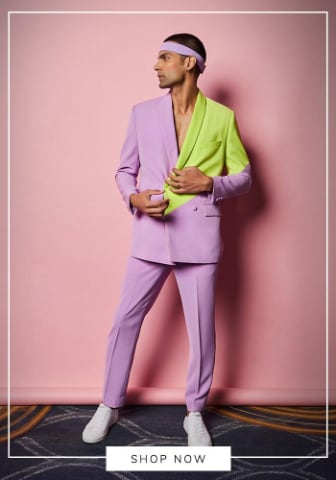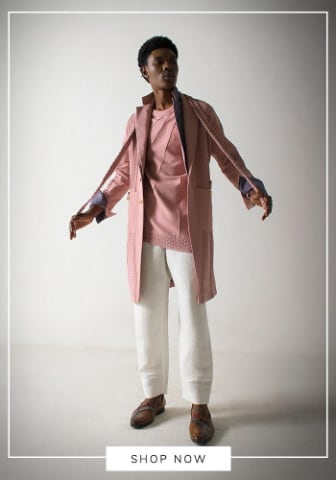
When building a versatile wardrobe, understanding your options is key. The terms “blazer” and “coat” are often used interchangeably, but they represent distinct garments with different purposes, styles, and histories. Knowing the difference in the blazer vs coat debate ensures you’re appropriately dressed for any occasion, whether you’re heading to a business meeting or braving a chilly winter evening.
This guide will break down the essential characteristics of blazers and coats. We will explore their unique features, from fabric and fit to function, and provide practical tips on when to wear each one. By the end, you’ll be able to confidently choose the right piece of outerwear to complete your look.
Key Differences Between a Blazer and a Coat
For a quick overview, here is a comparison of the main features that distinguish a blazer from a coat.

Detailed Breakdown of Blazers
A blazer is a type of jacket that is less formal than a suit jacket but more formal than a sport coat. It’s a versatile piece that can elevate a casual outfit or complete a business-casual look.
Style and Design

Blazers are defined by their tailored construction. They are structured to create a sharp silhouette, often featuring a single-breasted or double-breasted front. Unlike a suit jacket, a blazer is a standalone piece not meant to be worn with matching trousers. Traditionally, navy blazers with metal buttons are the most classic style, drawing from their naval origins.
Fabric and Colors

Blazers are crafted from a wide range of fabrics, making them suitable for different seasons. Worsted wool, flannel, and hopsack are common choices for cooler months, while cotton and linen are perfect for spring and summer. While navy is the quintessential blazer color, they are available in nearly every shade imaginable, from classic black and grey to bold jewel tones and pastels.
When to Wear a Blazer

The blazer shines in its versatility. It’s the ideal choice for:
- Business Casual Offices: Paired with chinos or dress trousers.
- Social Events: Worn over a button-down shirt or even a quality t-shirt for a smart-casual look.
- Date Nights: Adds a touch of sophistication to a simple outfit.
- Transitional Weather: Acts as a light outer layer during mild spring or fall days.
Detailed Breakdown of Coats
A coat is strictly outerwear, designed to be worn over your indoor clothing for warmth and protection against the elements. Its primary function is practical, though modern coats are also significant fashion statements.
Style and Length
Coats come in many styles, each serving a slightly different purpose.
- Overcoats: Long and formal, designed to be worn over a suit.

- Trench Coats: Originally military gear, these are lighter and often water-resistant, making them ideal for rain.

- Pea Coats: Double-breasted, hip-length coats made of heavy wool, also with naval origins.
- Duffle Coats: Characterized by their toggle fastenings and oversized hoods.
Unlike blazers, coats are typically longer, ranging from mid-thigh to below the knee. This added length provides more coverage and warmth.
Fabric and Warmth

The construction of a coat is all about insulation. Fabrics are heavy and durable, such as thick wool, cashmere blends, and tweed. Many coats also feature a lining, sometimes quilted, for extra warmth. The substantial material is what makes a coat the go-to garment for cold weather, capable of shielding you from wind, snow, and low temperatures.
When to Wear a Coat

A coat is an essential piece of outerwear for cooler climates and seasons. You should reach for a coat when:
- Commuting in the Cold: It’s designed to be worn over your suit or office attire.
- Facing Winter Weather: A heavy wool overcoat is necessary for braving freezing temperatures.
- Attending Formal Events in Winter: A classic overcoat maintains a polished look while keeping you warm.
- Dealing with Rain or Wind: A trench coat offers protection without being overly heavy.
When to Choose a Blazer vs a Coat
Making the right choice is simple when you consider two main factors: purpose and weather.
- Choose a blazer when your primary goal is to add a layer of style or formality to your outfit. It’s an indoor piece that can double as very light outerwear on a mild day. Think of it as a key component of your outfit itself.
- Choose a coat when your primary goal is warmth and protection from the weather. A coat is an outer shell that you wear over your planned outfit and typically remove once you are indoors.
If you’re heading to a dinner party on a cool autumn evening, a blazer might be all you need. However, if you’re walking to that same party in the dead of a snowy January, you’ll want to wear a coat over your outfit, which might very well include a blazer.
Styling Tips
How to Style a Blazer
- Smart Casual: Pair a navy blazer with khaki chinos, a white button-down shirt, and brown leather loafers.
- Dressed Down: For a relaxed yet put-together look, wear a grey or beige blazer over a simple black t-shirt with dark-wash jeans and clean white sneakers.
- Business Ready: Combine a charcoal blazer with tailored grey trousers, a light blue dress shirt, and a tie.
How to Style a Coat
- Formal and Polished: Wear a black or camel-colored overcoat over your business suit. Add a scarf and leather gloves for a classic, sophisticated look.
- Weekend Casual: A navy pea coat looks great with a chunky knit sweater, jeans, and sturdy boots.
- Urban Explorer: A trench coat can be worn over almost anything, from a casual sweater and jeans to more formal attire. Cinch the belt for a more defined shape.
Frequently Asked Questions (FAQs)
Can you wear a blazer as outerwear?
Yes, but only in mild weather. A blazer can serve as a light jacket during spring or early fall when there’s a slight chill in the air. However, it does not provide enough insulation or protection for true cold, wind, or rain.
What is the difference between a blazer and a sport coat?
This is a common point of confusion. A blazer is traditionally a solid-colored, more formal jacket, often with metal buttons. A sport coat (or sports jacket) is the most casual of the three, typically made from more rugged fabrics like tweed and featuring patterns like plaid or houndstooth. It was originally worn for sporting events, hence the name.
Are coats more formal than blazers?
Not necessarily. Formality depends on the specific style of the coat or blazer. A tailored wool overcoat worn with a suit is highly formal. A blazer worn with jeans is casual. Generally, coats are seen as practical outerwear, while blazers are style pieces that contribute to the formality of an outfit. A duffle coat is much more casual than a sharp navy blazer.
The post Blazer vs Coat: A Complete Guide to Choosing the Right Outerwear appeared first on Aza Editorials.